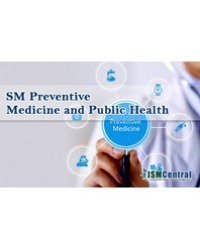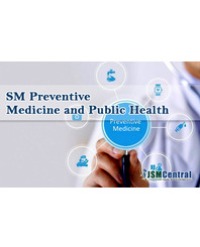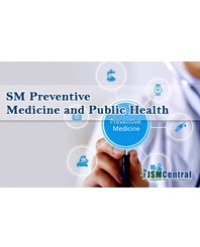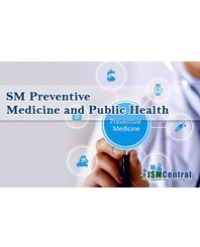
Toronto Healthcare Services and Barriers to Access for Street-Involved Youth: Analysis of the Enhanced Street Youth Surveillance (E-SYS)
Purpose: Homeless and Street-Involved Youth (SIY) often face substantial physical and emotional challenges and barriers accessing healthcare services. The objectives of the study are to: 1) obtain demographic information for Canadian SIY living in Toronto, Ontario; 2) evaluate self-perceptions of physical and mental health and 3) determine healthcare services used barriers to healthcare access and their association with self-reported health status.
Methods: Enhanced Street Youth Surveillance (E-SYS) is a repeated cross-sectional study of SIY, ages 15-24 years, across major urban centers in Canada. E-SYS conducts a nurse-administered survey and collects biological samples. We looked at descriptive statistics and chi-square tests to test for bivariate associations from E-SYS Cycle 6 (2010).
Results: A total of 195 SIY, with a mean age of 21.1 years (SD=2.4), were surveyed from Toronto and 60.8% were males. Commonly reported healthcare access points were youth drop-in centers, family doctors, street nurses, or hospital/emergency rooms. More than half (52.3%) reported barriers to accessing healthcare. SIY who reported fair or poor physical (p<0.01) and mental (p<0.03) health reported significantly more barriers than those reporting good to excellent physical and mental health, respectively. There were no differences in healthcare access barriers by gender, ethnicity, education or history of abuse.
Conclusion: Toronto SIY represent a vulnerable population, particularly given their low use of primary health care. Obtaining timely and appropriate health care services may be crucial to SIY well-being and outcomes. Further research is needed to identify the best approaches to improve access to healthcare for SIY in Canada.
Leanne Morris¹,², Kimmy CK Fung³, Rosane Nisenbaum⁴,⁵, Madeleine Weekes³ and Tony Barozzino³,⁶*




